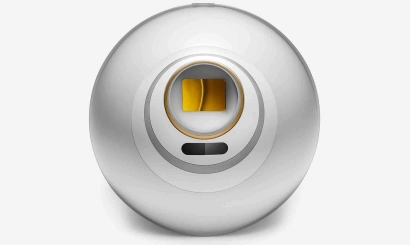Let's explore how the original cryptocurrency mining algorithm works, examine its pros and cons, and look at alternative solutions.
Mining cryptocurrency requires solving complex mathematical calculations to verify transactions and generate new digital currency units. The Proof of Work (PoW) algorithm stands as one of the most common mining methods, ensuring secure and decentralized transaction verification for Bitcoin and similar cryptocurrencies. We'll examine the PoW algorithm's structure, its strengths and weaknesses, and various alternatives, including specialized versions used in cryptocurrencies like Raven and Ergo.
The PoW algorithm serves as a consensus mechanism in cryptocurrency mining. In essence, miners must solve difficult mathematical puzzles to verify and record transactions on the blockchain. Each transaction block contains a unique puzzle, and the first miner to solve it earns the right to add that block to the chain and receive newly minted coins. As more miners join the network, the puzzles become increasingly challenging.
Key advantages of PoW include protection against DDoS attacks that attempt to overwhelm the network with fraudulent traffic. Additionally, the relatively modest mining rewards through transaction fees promote fair coin distribution among miners. The block reward undergoes periodic halving approximately every four years, known as "halving."
However, PoW faces several significant challenges:
- Risk of 51% attacks where a single entity controlling majority network power could manipulate the blockchain
- Limited GPU efficiency requiring specialized hardware, which restricts mining accessibility
- High energy consumption for solving computationally intensive puzzles with no practical value
- Centralization tendency as large mining operations gain disproportionate advantages
In PoW mining, participants use computing power to solve block-specific mathematical problems through trial and error. The first to find the solution broadcasts it for network verification before the block joins the chain.
Alternative approaches include:
- Proof of Stake (PoS): Validation rights based on coin ownership
- Directed Acyclic Graph (DAG): Transaction verification without complex calculations
- Delegated Proof of Stake (DPoS): Elected representatives handle validation
- Proof of Capacity (PoC): Mining based on available storage space
While PoW remains fundamental to blockchain security, ongoing technological advances continue to produce innovative alternatives addressing its limitations. The choice of algorithm ultimately depends on specific network requirements and user needs.







